- Industry insights
- People in tech
- Product development
- Tech trends at BEECODED
- 28 Jul 2025
Top 10 SaaS Trends That Dominate in 2025 and How to Adapt
Let’s dive into what 2025 looks like for SaaS and how you can prepare for what’s next.
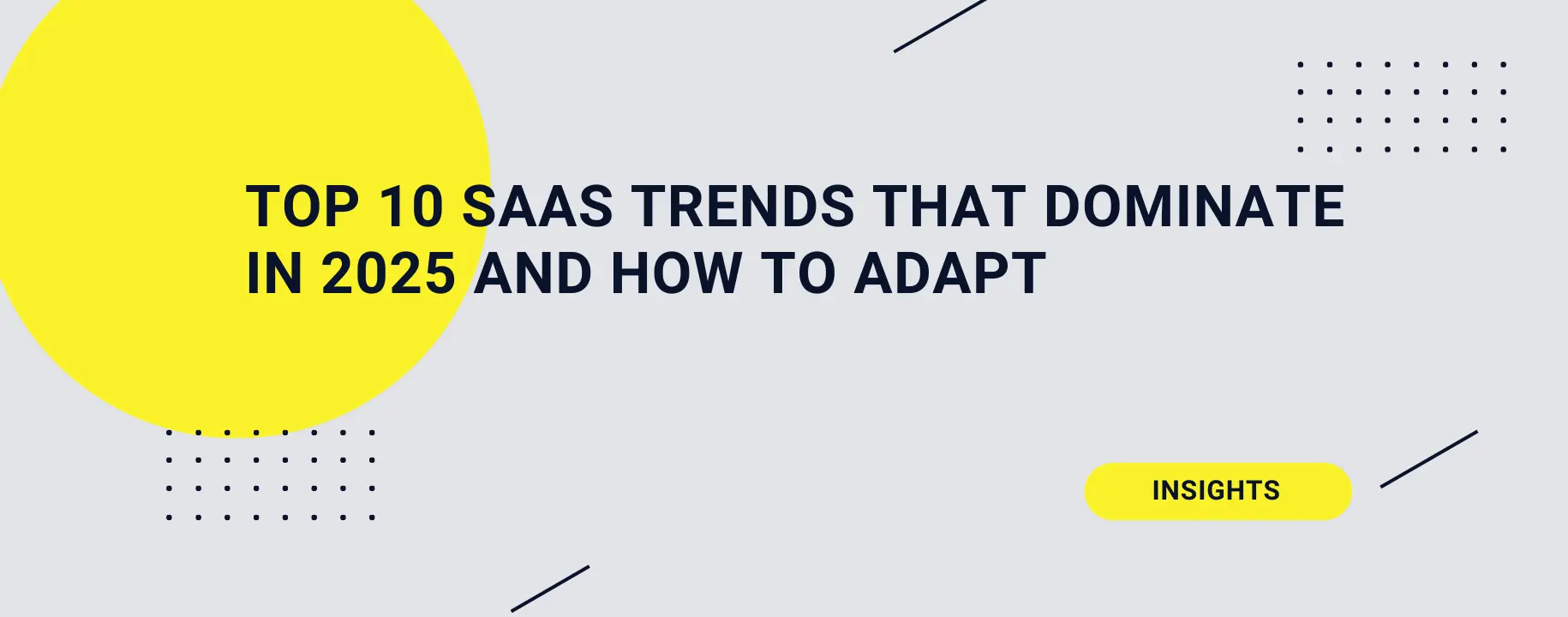
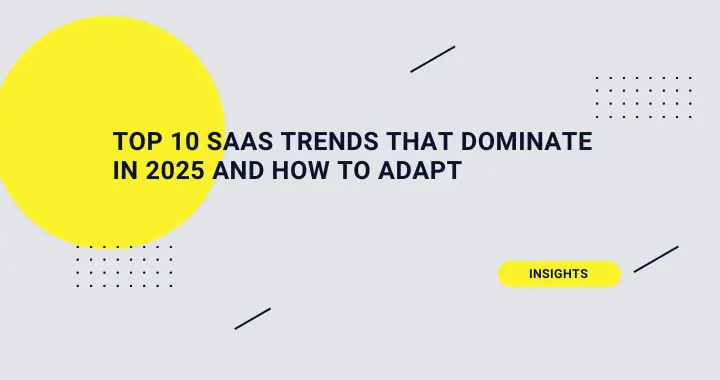
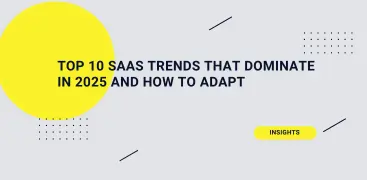
Table of contents
- SaaS Trend 1: AI-Powered SaaS. Smarter. Faster.
- SaaS Trend 2: Vertical SaaS. Industry-Specific Solutions
- SaaS Trend 3: Zero Trust Policies. Security as a Priority
- SaaS Trend 4: Automation Integration. Work Smarter, Not Harder
- SaaS Trend 5: Focus on Customer Success
- SaaS Trend 6: Sustainable SaaS & Eco-Friendly Practices
- SaaS Trend 7: Micro SaaS. Profitable Niche Tools
- SaaS Trend 8: Usage-Based Pricing & Flexible Payment Models
- SaaS Trend 9: API Connections
- SaaS Trend 10: The Rise of Low-Code
- Summary: Preparing for the Future
Contributors

Curious about the latest SaaS trends and growth strategies? Stop by and check out today’s article, where we break down the top trends shaping the SaaS industry in 2025.
Technology is moving fast. This is why in the SaaS sector, we don’t follow trends just for the sake of the trend, but we do it to grow and to stay competitive. So let’s dive into what 2025 looks like for SaaS and how you can prepare for what’s next.
SaaS Trend 1: AI-Powered SaaS. Smarter. Faster.
We can’t start anywhere else but here: artificial intelligence. AI continues to be the engine driving innovation in SaaS and it is revolutionizing the industry through:
- Predictive analytics – tools that anticipate customer behavior.
- Real-time personalization – custom experiences based on live data.
- AI in customer support – chatbots, voice bots and NLP (Natural Language Processing) making interactions smooth, fast and more human. Learn more about NLP here.
A McKinsey study shows that companies using AI for customer personalization will generate 5–15% more revenue by the end of 2025 than those who don’t.How to adapt: consider integrating AI into your customer support system or CRM. Start by automating small, repetitive tasks and gradually move toward predictive features that can drive retention and upselling.
SaaS Trend 2: Vertical SaaS. Industry-Specific Solutions
Vertical SaaS refers to solutions tailored to the needs of specific industries, while horizontal SaaS targets a broader audience. Sectors like healthcare and finance are embracing vertical SaaS due to its compliance and data security benefits. According to netguru.com, the vertical SaaS market is projected to reach $2.93 billion by 2026.
Benefits:
- Custom features designed for specific workflows
- Easier integration into industry-specific systems
- Built-in compliance with regulations
SaaS Trend 3: Zero Trust Policies. Security as a Priority
Cybersecurity remains a non-negotiable. Therefore, this is more of a continuing trend, especially since SaaS apps are among the primary targets for cyberattacks. To stay protected, more and more companies are embracing the zero trust approach in 2025.
- Zero Trust = no one and nothing gets access by default, not even inside your own network.
How to adapt:
- Implement multi-factor authentication (MFA).
- Use role-based access control, constant monitoring, end-to-end encryption.
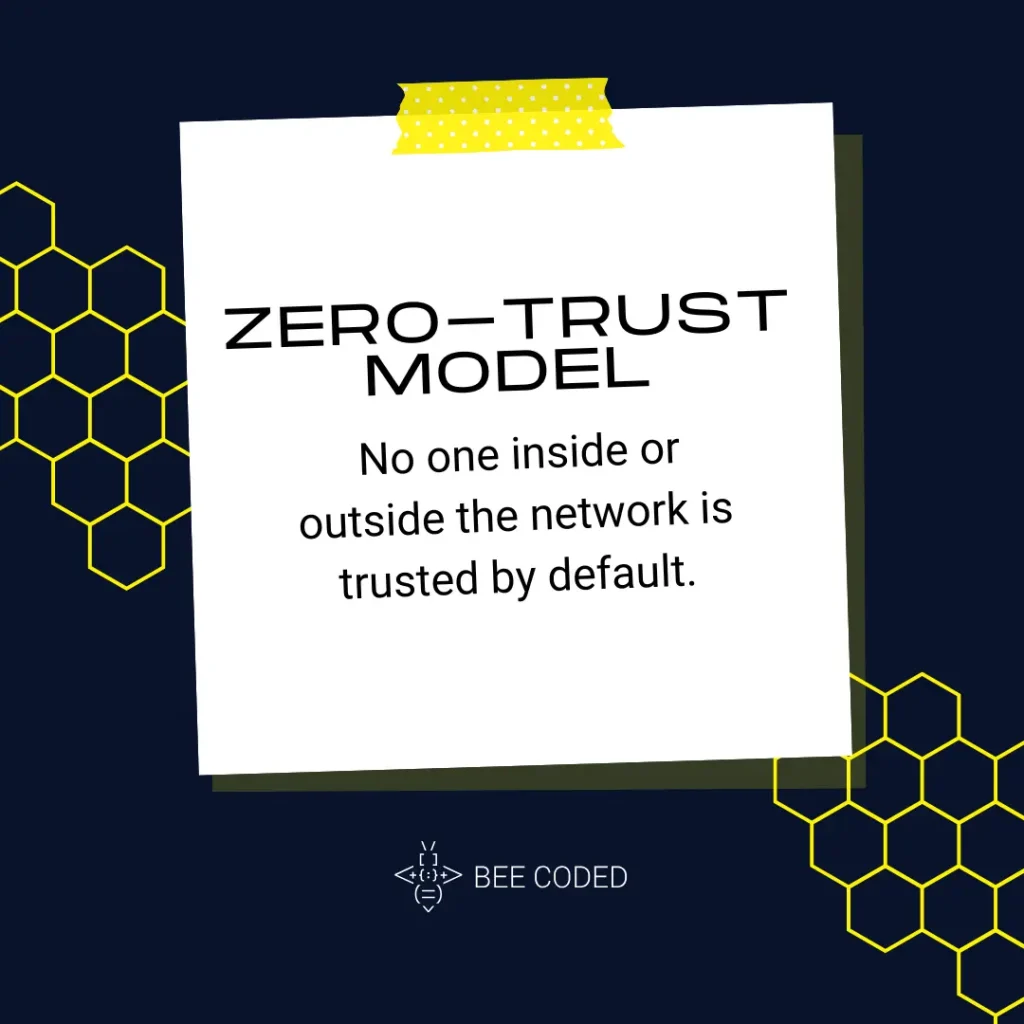
SaaS Trend 4: Automation Integration. Work Smarter, Not Harder
Automation is the secret weapon for efficiency. In 2025, companies automate processes in:
- Finance – automatic invoicing and reconciliation
- HR – onboarding, time tracking, documentation
- Supply Chain – real-time inventory and delivery updates.
How to adapt: identify the most repetitive internal tasks and embed automation features directly into your SaaS product.
Check out our case study on how smart finance automation helped one client save $100K annually.
SaaS Trend 5: Focus on Customer Success
In 2025, the focus is shifting from acquiring new customers to keeping them happy and loyal. According to netguru.com, SaaS companies that invest in customer success see lower churn rates and higher customer satisfaction.
How to adapt:
- Offer personalized onboarding experiences
- Track user behavior and proactively solve pain points
- Provide omnichannel support (live chat, self-service etc).
SaaS Trend 6: Sustainable SaaS & Eco-Friendly Practices
Sustainable operations focus on using energy-saving technologies and encouraging recycling initiatives. In 2025, more SaaS companies are implementing energy-efficient infrastructure, reducing data usage and encouraging hardware recycling.
- According to custify.com, 44% of consumers are more likely to buy from a brand that shows clear sustainability commitments.
- And by 2026, 60% of organizations will require IT vendors to provide full transparency on sustainability efforts (source: qubstudio.com).
How to adapt:
- Optimize your code and databases to reduce unnecessary energy use.
- Communicate your green initiatives.
- Measure and report environmental impact.
SaaS Trend 7: Micro SaaS. Profitable Niche Tools
As the name suggests, micro SaaS is still SaaS, but on a smaller scale. The tools are built by small teams and are designed for highly specific niches.
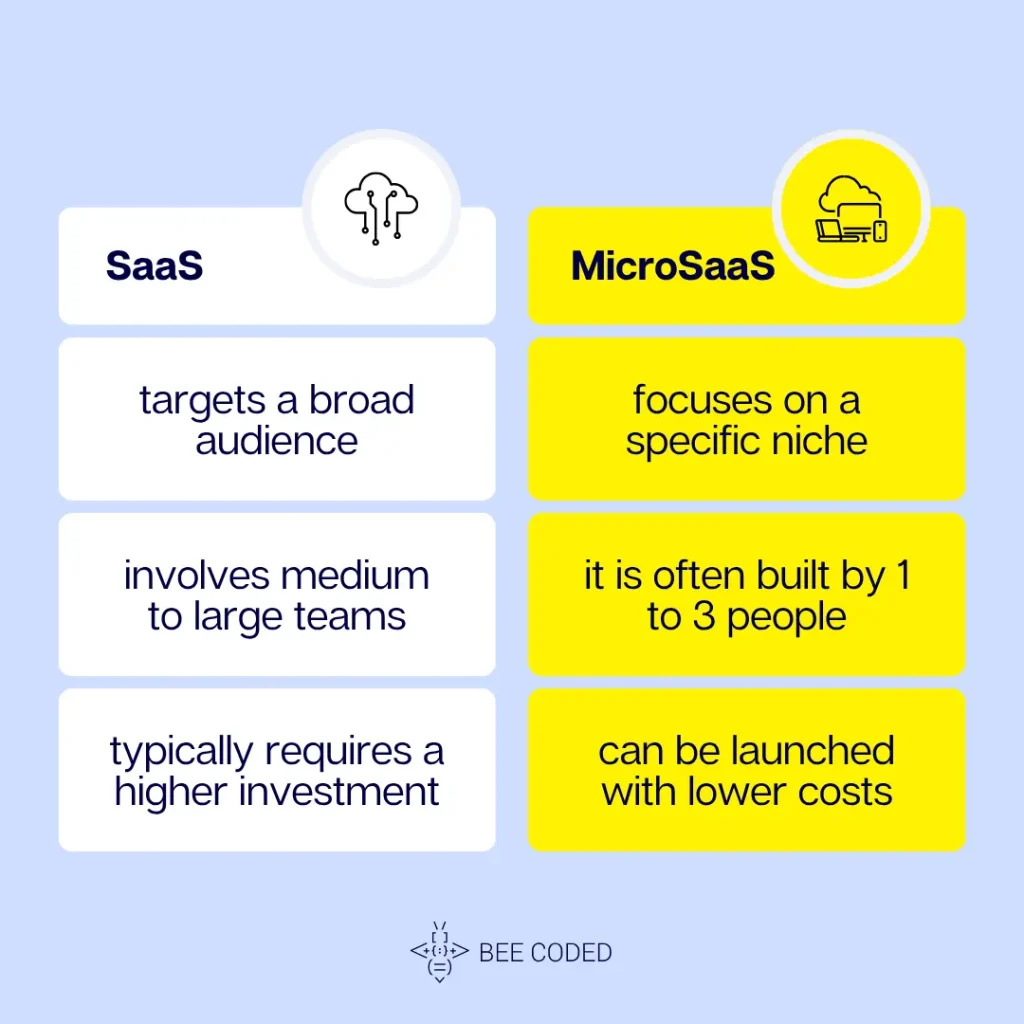
Why it works:
- Solves hyper-specific problems.
- Easier to launch and test.
SaaS Trend 8: Usage-Based Pricing & Flexible Payment Models
One major shift in pricing strategy is the rise of usage-based pricing, where customers are charged based on how much they actually use the product. Around 60% of SaaS companies are now offering this model (source: netguru.com).
With this pricing strategy, customers feel they’re being treated fairly, paying in proportion to the value they receive. And investors tend to love it too, because it signals strong user engagement and long-term retention.
How to adapt: start by analyzing which parts of your product could be usage-based. Then offer clear, transparent pricing models and make it easy for customers to scale up or down based on their needs.
Customers expect your product to play nice with others. And APIs make that possible. This ongoing need for API connectivity helps users build complex workflows, sync data across apps and eliminate silos.
SaaS Trend 9: API Connections
How to adapt:
- Build a well-documented, public API.
- Prioritize integrations with top tools in your niche.
- Offer dev support to make integration frictionless.
SaaS Trend 10: The Rise of Low-Code
In simple terms, low-code lets you build apps without needing to be a full-stack dev. What are the benefits of this:
- Rapid prototyping and product launches
- Empowers non-technical teams
- Reduces development costs
Of course, low-code solutions have their limitations. They might not be suitable for complex or highly customized applications. But for internal tools and quick experiments, they’re incredibly powerful.
Summary: Preparing for the Future
Looking at these SaaS trends in 2025, one thing is clear: the landscape is continuously changing, so if you don’t want to be left behind, ride the wave of the future.
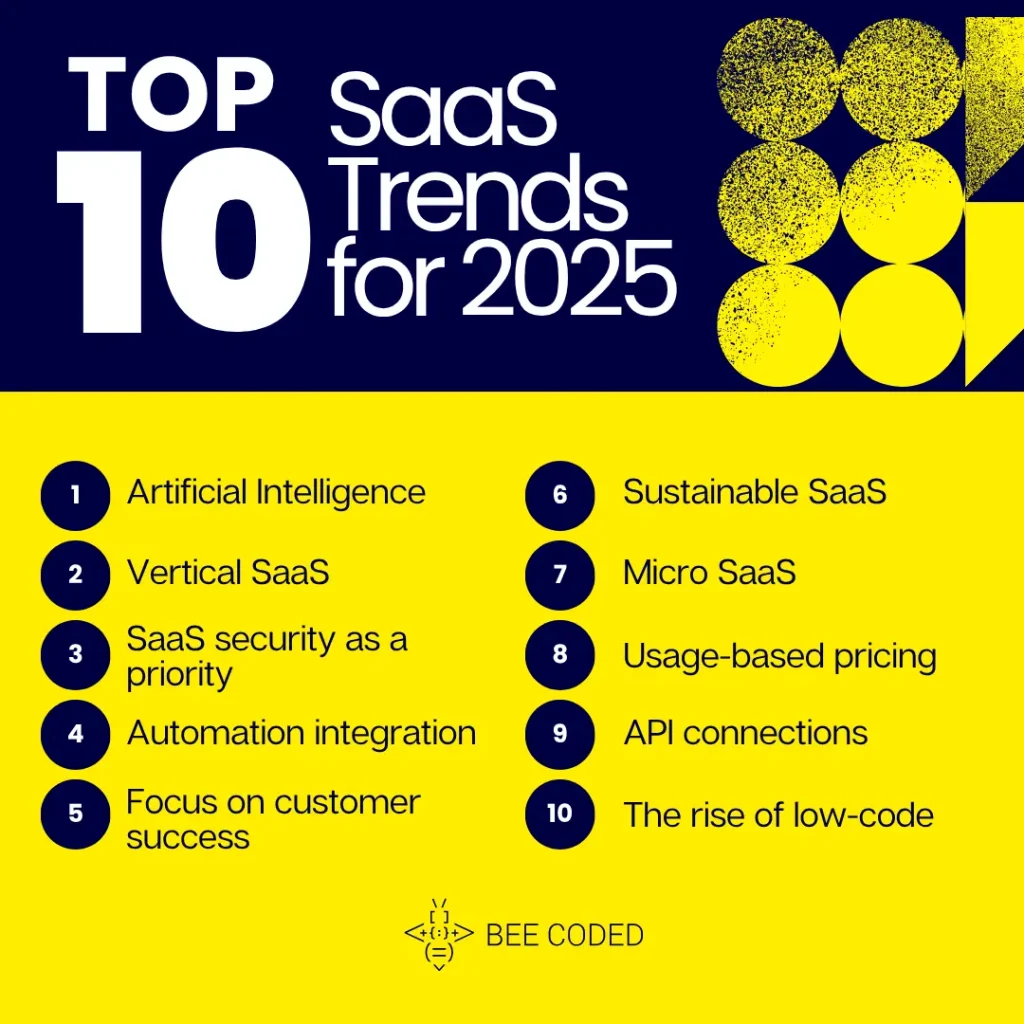
Final tips to stay ahead:
- Stay informed, but filter trends through your business context.
- Automate where it makes sense, but don’t lose the human touch.
- Prioritize customer success to reduce churn and boost loyalty.
- Embrace AI and personalize user experiences.
- Put security and sustainability at the core of your operations.
- Keep experimenting. Keep improving. Keep building smarter.
The future of SaaS belongs to the ones who adapt with purpose. Be one of them.
Looking for a reliable partner in SaaS development? Let’s talk.
Ethical Challenges in Building AI-Driven SaaS Products in 2025
How Finance Teams Save $100K Annually Through Smart Automation
How Supply Chain Automation Can Save You Hundreds of Labour-Days and Maximize ROI